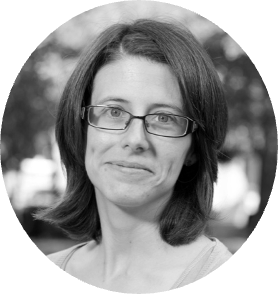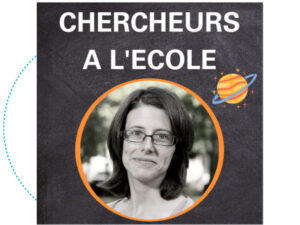Being a researcher is an exciting endeavour, but also one often misunderstood by the public. That is why the Fonds National de Recherche of Luxembourg (FNR) launched the “Chercheurs à l’école” programme in 2011. The purpose is to present this profession, and inspire the next young generation of researchers.
The 2021 edition of the programme is planned to take place from 15 to 19 March, in a digital format and if possible, also physically in the classrooms. During these five days, researchers from Luxembourg’s public and private institutions and companies have the opportunity to meet students from all over the country. The researchers present their academic journey, motivation, personal life and the career path that led them to research. These sessions allow students to discover and ask questions about being a scientist, about researchers’ professional journeys, and about research in Luxembourg.
The “Chercheurs à l’école” programme has been a huge success. Each year, more and more high schools are welcoming researchers, showing a growing interest with each new edition. The initiative is also well-liked by researchers, who get a chance to inspire budding scientists.
This week, we hear from Eva Lagunas, another SnT researcher who participated in the programme.

Dr. Eva Lagunas is a Research Scientist who joined SnT in 2014. She received her M.Sc. and Ph.D. degrees in telecommunications engineering from the Polytechnic University of Catalonia in 2010 and 2014, respectively. Her research interests include radio resource management and general wireless networks optimization.
Dr. Eva Lagunas, Research Scientist in SIGCOM
The job of a researcher can often be misunderstood. Do you think it is important for young people to discover more about research?
Having researchers visiting high schools allows them to discover a job that they wouldn’t even think exists. They get to know real researchers and to have informal chat about what it is like to be a researcher. Some of them do not even know what a PhD is. I think “Chercheurs a l’école” also helps start a conversation with teenagers about science and society. I believe public engagement is sometimes overlooked by researchers, this has a strong impact on the perception of society towards the activity and benefits of higher education and research.
What was the main topic of your presentation?
I focused my presentation on three main aspects: How I ended up where I am, what daily life looks like as a researcher and finally, my research at SIGCOM. I explained to them that they need to work hard for whatever they would like to achieve in life and that nothing is easy; being a researcher is no exception. Then I focused on my typical day at the office. Day-to-day, this can include everything from PhD supervision, ongoing projects, a bit of teaching and lots of reading. Finally, I went into greater detail on my research at SIGCOM.
How was your relationship with the students? Did they like your research presentation? Were they interested?
I think they liked the session as they were curious on the research topics. Understandably, they are mostly concerned with their immediate futures and researching requires numerous years of further study. This certainly can be a decision-making factor for some, but we tried to emphasise the importance of picking a career choice that they enjoy. After all, if they enjoy what they are studying it will pose less of an obstacle.
In a few words, how would you describe your experience in the program?
From a personal point of view, “Chercheurs a l’école” gave me the opportunity to get out of my comfort zone and present my work to a curious audience of non-experts. I had to adapt my wording and my slides for a teenage audience, with the goal to inform but also to enthuse and inspire. In the end, they are the future of science. It is an excellent exercise for any researcher to take part in!
